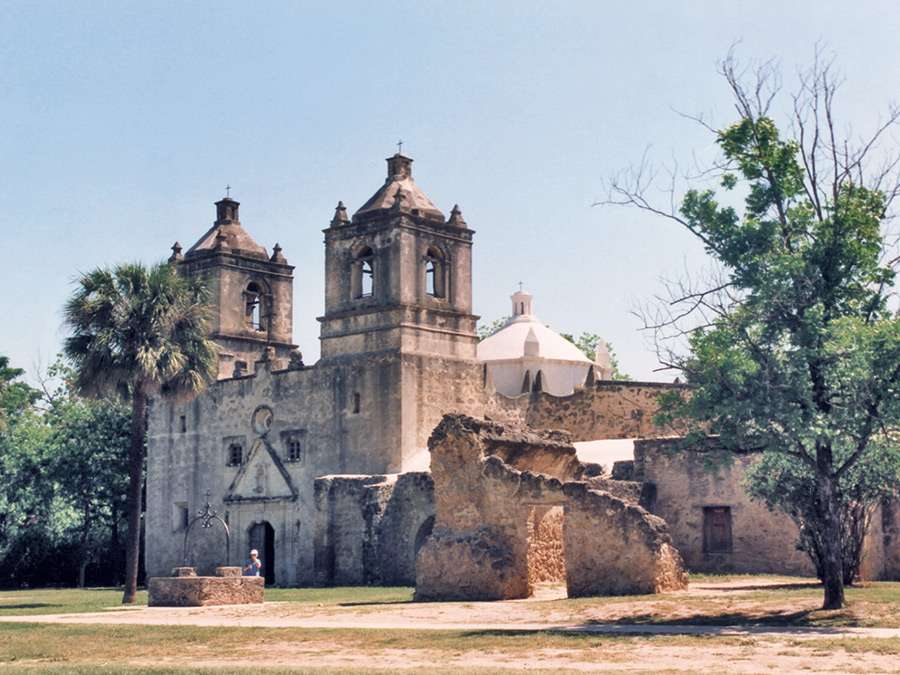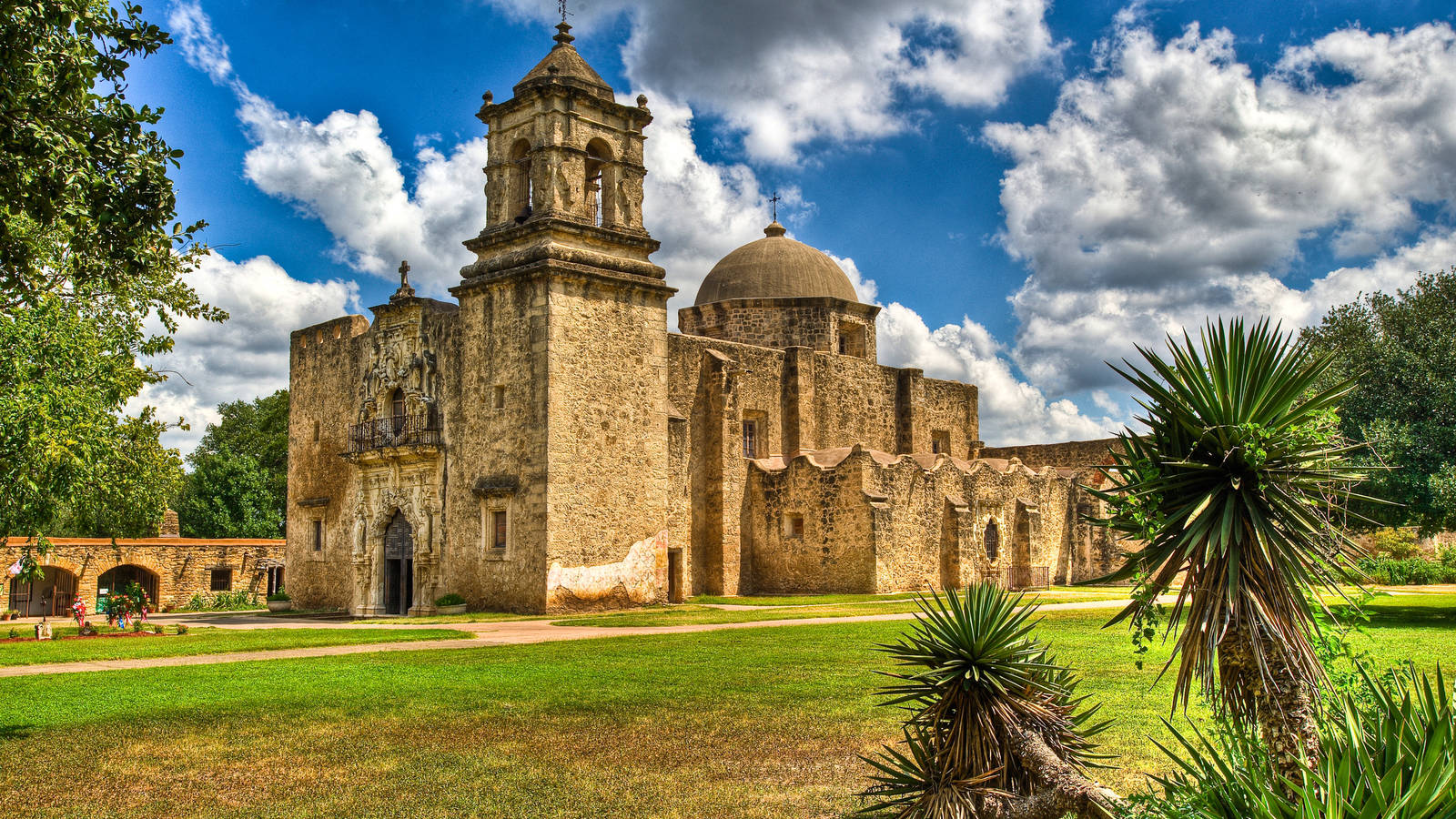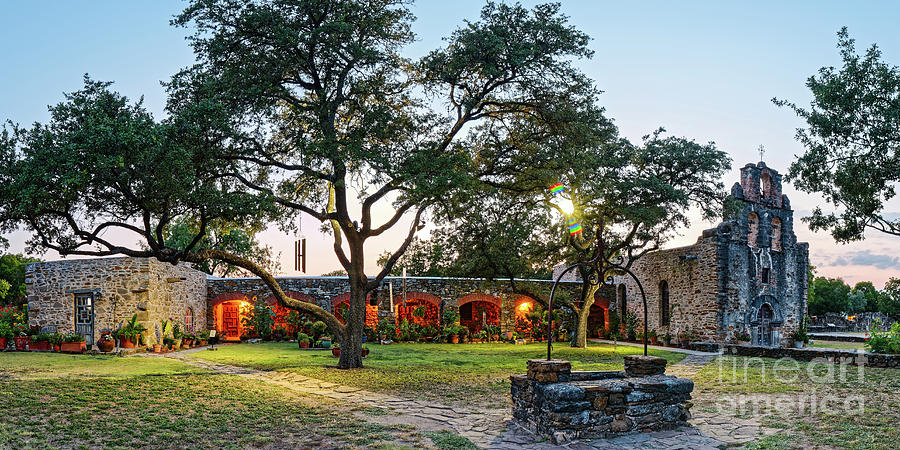San Antonio Missions National Historical Park Hours: Plan Your Journey effortlessly
San Antonio Missions National Historical Park Hours: Plan Your Journey effortlessly
Blog Article
Check Out the Rich Background of San Antonio Missions National Historical Park: a Comprehensive Guide to Its Cultural Relevance and Conservation Efforts
As we embark on a journey via the historic history of these objectives, we discover architectural wonders that have actually held up against the examination of time. Beyond the mere physical structures, each goal, significantly Objective Espada, carries a profound cultural weight that reverberates deeply with those that discover its grounds.
Historical Background of San Antonio Missions
The roots of the historic history of the San Antonio Missions run deep, intertwining Spanish colonial impact with indigenous societies in the South Texas area. Established in the very early 18th century, these missions were started by Franciscan friars with the function of spreading out Christianity and converting the regional aboriginal populations. San Antonio Missions National Historical Park hours. The Spanish Crown sustained these objectives as a way of strengthening control over the area and increasing their impact in the New Globe
The Spanish promoters played a substantial duty fit the social landscape of the area, presenting brand-new farming methods, design, and spiritual methods. The native neighborhoods, such as the Coahuiltecans and other people, interacted with the Spanish inhabitants, resulting in a mixing of traditions and ideas.
Over time, the missions came to be not only religious centers yet also financial and social hubs, attracting settlers from different backgrounds. Today, the San Antonio Missions stand as a testimony to this intricate history, reflecting the enduring heritage of Spanish colonialism and the durability of indigenous societies in South Texas.
Architectural Marvels of the Goals
Having actually laid the foundation of cultural exchange in between Spanish missionaries and indigenous areas, the building marvels of the San Antonio Missions exemplify a mix of European and native craftsmanship that proceeds to captivate visitors. These objectives, including Mission San Jose, Objective Concepcion, Objective San Juan, Mission Espada, and the Alamo, display distinguishing characteristics such as elaborate facades, detailed carvings, vivid frescoes, and durable rock walls. The Spanish Colonial style, defined by curved doorways, belfry, and spacious yards, reflects an unified combination of Spanish design aspects with aboriginal building strategies.
Each mission within the San Antonio Missions National Historic Park informs a special story with its architecture, showing the advancement of building designs and cultural influences with time. Visitors can admire the proficient craftsmanship obvious in the detailed stonework, hand-carved wooden doors, and spiritual iconography adorning the interiors. These building work of arts stand as enduring testaments to the long-lasting heritage of the missions and the cultural heritage they stand for.
Cultural Value of Mission Espada
With its historical origins deeply intertwined with the aboriginal cultures of the region, Objective Espada stands as a symbol of social strength and adjustment within the San Antonio Missions National Historical Park. Established in 1690, Goal Espada was established by Spanish Franciscans as a way to spread Christianity among the Coahuiltecan individuals while additionally serving as a center for agriculture and market. The goal's social significance depends on its function as a meeting point between European and Native American traditions, resulting in a special mix of building designs, spiritual techniques, and farming strategies.
Objective Espada's legendary aqueduct, referred to as "Acequia de Espada," is a testament to the engineering abilities of both Spanish and aboriginal individuals, showcasing their cooperation in creating crucial rivers for watering functions. This harmonious combination of cultural influences is more exhibited in the goal's complex makings, vibrant frescoes, and religious ceremonies that proceed to be exercised to this particular day. As one of the earliest unrestored stone churches in America, Mission Espada stands as a living testimony to the long-lasting tradition of cultural exchange and adaptation that specifies the San Antonio Missions National Historic Park.
Preservation Obstacles and initiatives
Preservation in maintaining the historic stability of Mission Espada experiences a myriad of complex obstacles that demand innovative solutions and committed stewardship. As one of the five missions within the San Antonio Missions National Historic Park, Objective Espada faces conservation problems stemming from ecological aspects, metropolitan encroachment, and the continuous battle versus natural deterioration. The fragile balance between conserving the original frameworks and ensuring site visitor access and security calls for careful preparation and execution.
Initiatives to maintain Objective Espada involve a multi-faceted technique that includes routine upkeep, structural analyses, and conservation jobs. Cooperations in between park authorities, historians, archaeologists, and neighborhood communities are essential in establishing lasting preservation methods. Obstacles such as moneying restrictions, restricted resources, and the requirement for specific knowledge additionally make Our site complex preservation initiatives.
In spite of these obstacles, the dedication to safeguarding Mission Espada's historical importance stays unwavering. Through proceeded research study, community interaction, and flexible preservation methods, the preservation of Objective Espada stands as a testimony to the dedication towards securing our cultural heritage for future generations.
Area Involvement in Park Preservation

Among the primary ways the park includes the community is through volunteer possibilities. Local citizens can participate in preservation tasks, educational programs, and unique occasions, permitting them to add straight to the conservation of the park. This hands-on involvement not only benefits the park in regards to extra sources and manpower however additionally produces a stronger link between the park and the area itself.
In addition, the park routinely looks for input from regional stakeholders, consisting of area teams, businesses, and government companies, to make sure that preservation initiatives straighten with the needs and worths of the surrounding area. By involving with the regional populace in these meaningful means, San Antonio Missions National Historical Park promotes a society of conservation and sustainability that will certainly aid preserve this social treasure for future generations.
Conclusion

Beyond the mere physical structures, each mission, especially Mission Espada, carries a profound social weight that reverberates deeply with those that discover its grounds. These missions, including Goal San Jose, Objective Concepcion, Mission San Juan, Goal Espada, and the Alamo, showcase distinctive features such as elaborate exteriors, elaborate carvings, vibrant frescoes, and durable stone wall surfaces.With its historical origins deeply intertwined with the native societies of the region, Goal Espada stands as an icon of cultural resilience and adjustment within the San Antonio Missions National Historic Park (San Antonio Missions National Historical Park map). As one of the earliest unrestored stone churches in America, Goal Espada stands as a living testament to the long-lasting tradition of social exchange and adjustment that specifies the San Antonio Missions National Historic Park

Please visit one of our local supporters- Https://www.brownstonelaw.com/
Report this page